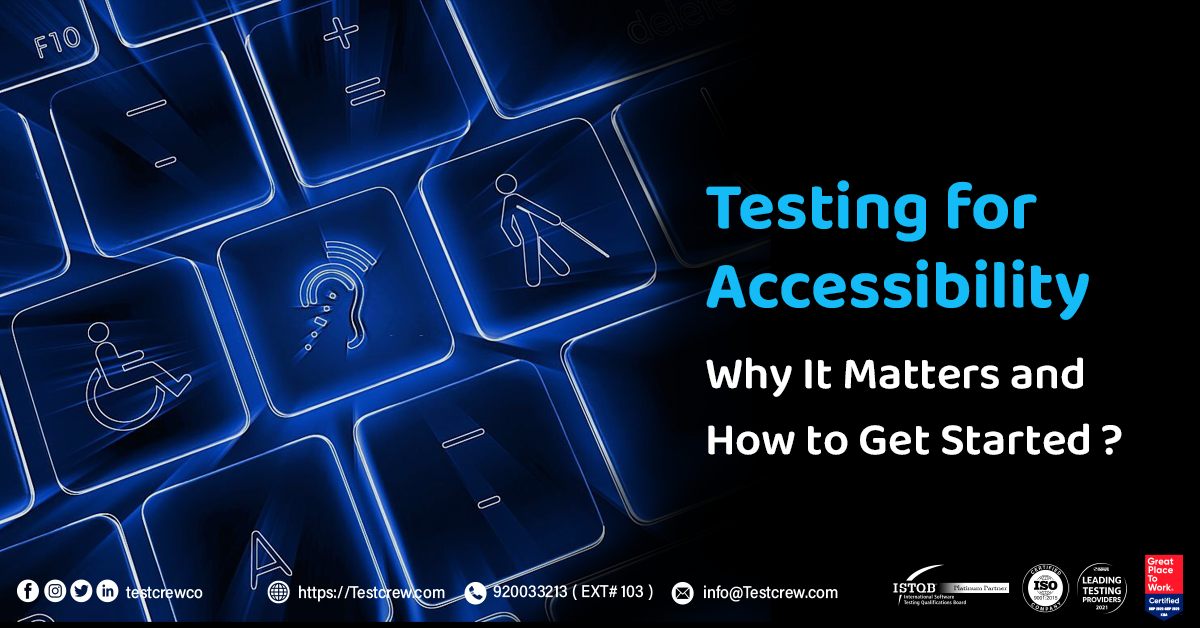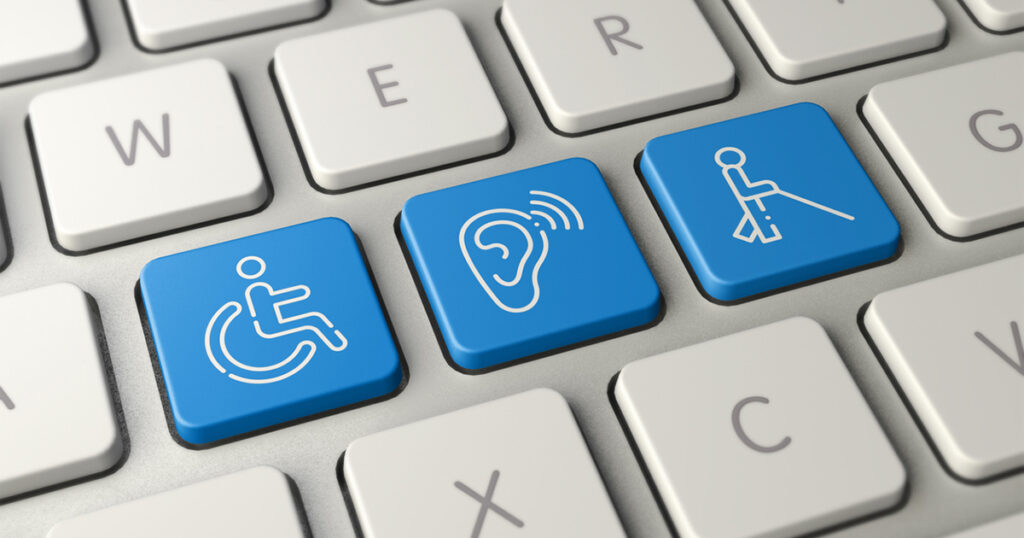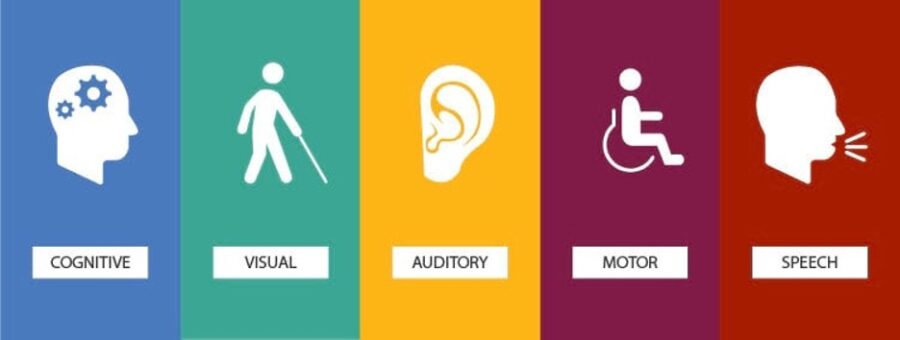
Accessibility testing is an important aspect of software development as it ensures that a software product is inclusive and usable by the widest possible range of people, including those with disabilities. As WHO reports show, Approximately 16% of the population has disability issues, with 1 in 6 people having significant disabilities. By including accessibility testing […]
Accessibility testing is an important aspect of software development as it ensures that a software product is inclusive and usable by the widest possible range of people, including those with disabilities. As WHO reports show, Approximately 16% of the population has disability issues, with 1 in 6 people having significant disabilities. By including accessibility testing in the normal software testing life cycle, it can cater to this large market and remove barriers for people with disabilities, thus improving customer satisfaction and increasing market reach.
Accessibility testing is the process of evaluating a product, service, or environment for accessibility, which refers to the degree to which it can be used by people with disabilities. This can include testing for compliance with accessibility standards, such as the Web Content Accessibility Guidelines (WCAG), as well as testing for usability by people with various types of disabilities, such as visual, auditory, motor, and cognitive impairments.

Accessibility testing may include manual testing, automated testing, and user testing with people with disabilities. The goal of accessibility testing is to identify and address barriers that prevent people with disabilities from fully using and interacting with a product or service.
Accessibility testing is important for several reasons, including legal compliance, inclusivity, and positive business and social benefits. Many countries have laws and regulations mandating accessibility for products and services, such as the Americans with Disabilities Act (ADA) in the United States and the Equality Act in the United Kingdom. Accessibility testing can help ensure compliance with these laws.
Additionally, making products and services accessible to people with disabilities through accessibility testing helps to ensure that they are inclusive and usable by the widest possible range of people. It also has positive business benefits, such as improving search engine optimization, increasing customer satisfaction, and reducing the likelihood of costly legal action.
Furthermore, making products and services more accessible can also have a positive social impact by helping to remove barriers and enable people with disabilities to participate more fully in society. It’s also important to note that accessibility is a human right, and testing for accessibility is important to ensure that everyone has an equal opportunity to access the products and services they need.

Every application should support accessibility for users with a wide range of disabilities, including but not limited to:
It’s also important to keep in mind that some users may have multiple disabilities, and an application should be designed to be flexible and adaptable to support the unique needs of each user. Additionally, accessibility should be considered not only for permanent disabilities but also for temporary ones like a broken arm or a device with a small screen, and also for users with situational limitations like using a device with a poor internet connection.
The steps of accessibility testing typically include the following:
It is also important to note that accessibility testing should be integrated into the development process and not only be done at the end of development. This approach called Accessibility-Driven Development (ADD) allows to prevent and fix accessibility issues early in the development process making it more cost-effective.
Accessibility testing tests for a wide range of issues that can impact the usability and accessibility of a product or service for people with disabilities. Some examples of what accessibility testing may test for include:
These are just a few examples, and the specific accessibility issues that are tested for may vary depending on the product or service being tested and the accessibility standards or guidelines that are being used.
Please note that this list is not exhaustive and depends on the type of application or website. Testers may need to execute other test cases. Keep in mind that accessibility testing should be an ongoing process and not only be done at the end of development.
In, TestCrew we are keen to implement quality tests regularly as well as provide international standards software-testing training. TestCrew also provides all technical, functional, and non-functional software quality test services related to user experience, which ensure the security and protection of end products from vulnerabilities and the risks of penetration, as per the standards of ISTQB and Test Maturity Model Integration Professional certification (TMMi).
In addition to that, TestCrew also offers software quality consulting services, you can also know more about what we do by visiting the various communication channels mentioned on our page, LinkedIn, email, or through our unified number.